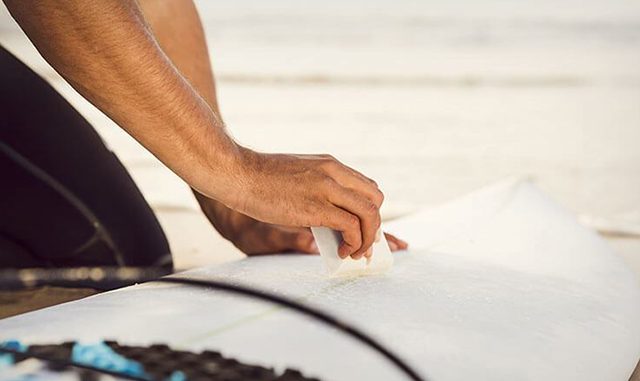
Being prepared to undertake surfing is not that complicated at all. Basic things such as physical abilities, technique, equipment and safety are all you need to learn and execute the sport. Here are 3 tips that you need to know before going on a surfing trip. Surf events are the most awaited water event this year in Australia.
1. Surfing is a physically demanding sport and if you want to enjoy it, you need to keep up with its physical requirements. Engage in some cardiovascular exercises before your scheduled surfing trip. Do some stretching activities like yoga or pilates. Keep your heart rate up and keep your muscles malleable so as to avoid cramps. Strengthen your stamina as you will need it on the surfing trip to paddle yourself from and to the shore, and to swim against waves in case you wipe out. A surfing trip is definitely not advised for individuals who do not know how to swim. So if you are one of the few who can’t tread water, it wouldn’t hurt to squeeze in some basic swimming lessons before you try to hit the waves.
This is a hectic activity and there will be a time when you will have to train specifically for surfing. After strengthening your stamina, you’ll need to know how to at least survive in water. Engage in exercises that will mirror what you will do when you go on your surfing trip. Exercise mostly comprised of squats, balance, and soft jumps. Try this one, practice jumping while shifting your feet landing alternately with the left foot forward then the right. Sounds easy? Try doing it with very little thud and noise as your feet land on the floor. Now that’s a challenge!
Paddling is a key element when surfing; it brings you and your board to where the great waves are and also takes you away from dangerous spots of the water. You can practice this routine on dry land; place your board on the bed or an elevated surface where your hands and arms can move freely below your torso if you are lying face down on your board and start a paddling motion. You will be surprised how much more difficult it is to do this when you are lying face down. Stamina and strength is needed for paddling, and it won’t hurt if you have your arms ready for the open waves.
You do not have to really spend much time and money on fitness programs, a surfing does not require you to have a lean or massive physique, and eventually the sport will do that for you. What it really entails is a body and mind that works as one. Surfing is an overall body sport; where every part of your body (including your mental abilities) work together to successfully ride that wave.
2. Know your equipment. This only means one thing, your surfboard. As Hawaiians say, “connect with the board, be one with it.” Surfboards are made to float on the water, and what you want to do is to practice laying down on the board in such a way that it floats in the same position without you on it, maybe just a tad lower. This takes skill; you will have to adjust yourself so that the board lays balanced on the water. You don’t want the nose to tip in or put too much weight on the back of the board. You need to distribute your weight evenly to keep the board flat and balanced on the water’s surface.
3. Safety. You don’t need to be on the beach to pay attention to this very important aspect. Knowing safety facts before you go on your surfing trip is more than a task, it is every surfer’s responsibility. You will come across a lot of these safety precautions and measures during your surfing orientation, and to start things off here are some good to know safety tips before going on your surfing trip:
- Beginners should wear a leg rope tied to their board.
- A nose guard for your board is advised so as not to be injured by your boards’ nose.
- Never make the mistake of pushing your board in the water fin first. You will end up on the shore.
- A rash guard and a life vest are two pieces of gear that you will appreciate after your surfing lesson.
- Never position your board between yourself and oncoming waves.
- Cover the back of your head if you wipe-out and stay underwater for a moment.
- Locate your board as soon as you come up, a board thrashed by waves can be dangerous.
Going on a surfing trip is one of the most exciting water adventures and if you are looking for a total body workout, you have chosen the right activity. Make your surfing trip one that you will love and enjoy, by knowing a few tips and tricks even before you holler, “Surf’s up!”
Slater Adams is seriously into surfing. From beginners through to advanced, he can provide you with tips and advice to enjoy your next surfing adventure. Slater Adams is also a keen writer and enjoys sharing his surfing experiences with the world. To find out how to learn more to surf visit his website today.
Article Source: http://EzineArticles.com/expert/Slater_Adams/801818
Article Source: http://EzineArticles.com/5848675
